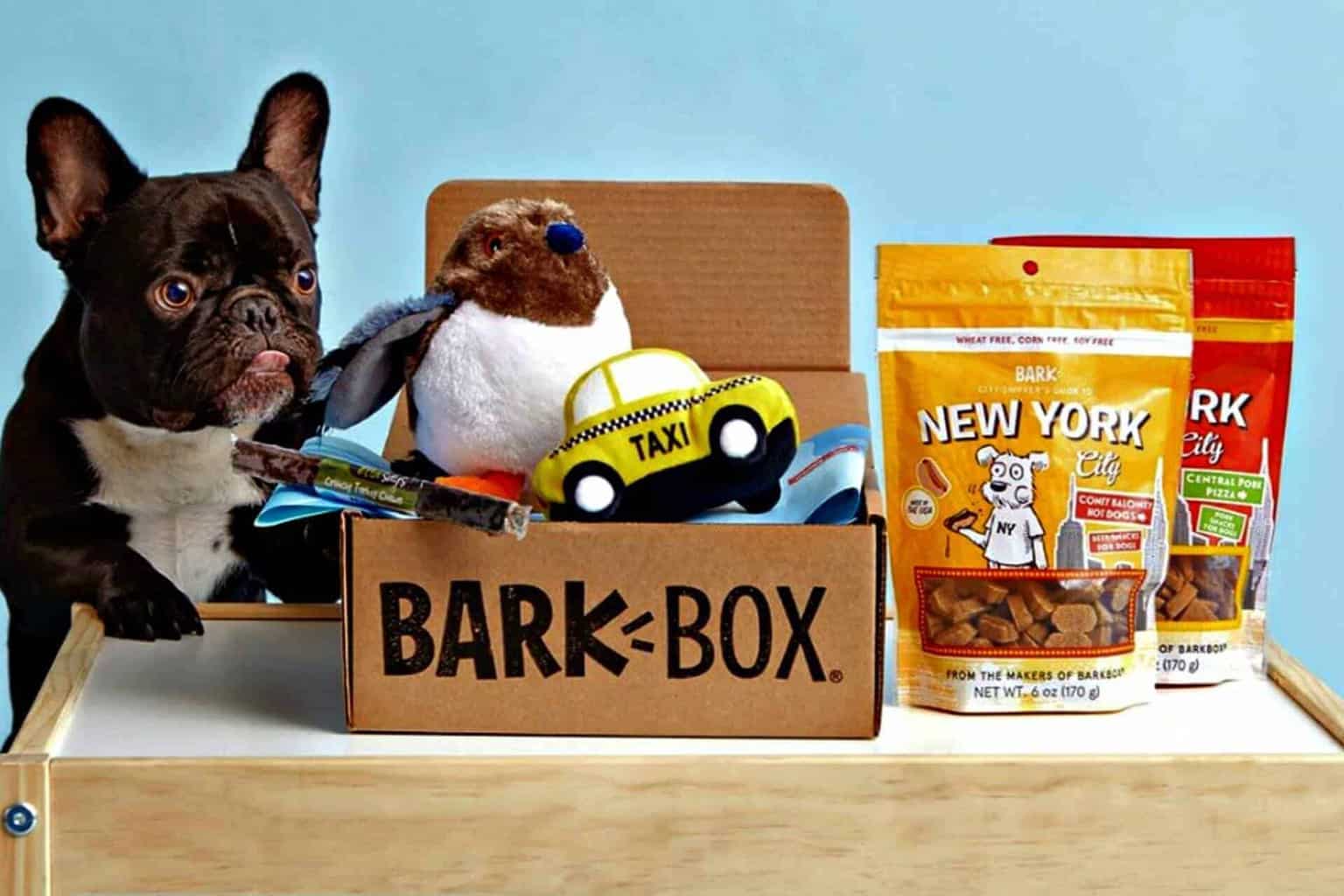Everyone wants their business to be publicly known. Reaching the brand status of Apple, Nike, or Coke is the dream of most entrepreneurs and business owners. So how do you get there? How did they get there? Let me start by dismantling a few common misconceptions, and then pivot into a few steps you can take to prepare your brand for mass recognition.
Misconception #1 – A logo is a brand.
This has been said many times over on this blog, but it has to be touched on again because it is such a widely-believed mindset. In fact, many people come to me saying they want their logo to become the next Nike swoosh, hoping that if I can find just the right design, they’ll immediately have their hands and copyrights on a brand as successful as Nike. Sorry to burst any bubbles, but that’s not how marketing and branding works.
A logo is simply an identifying mark for your company. It tells people that your company owns or is responsible for whatever the logo is on. It’s an incredibly important part of marketing, because we use logos to differentiate between companies.
A brand is the feeling or promise people associate with your company. It’s not a tangible thing. And every company has a brand, whether they realize it or not. The goal for any company should be to cultivate their brand into the feeling or promise they want people to associate with their company. This is reflected in brand positioning, which you can learn more about here.
So your logo isn’t your brand. That’s important to clarify, because it’s related to Misconception #2.
Misconception #2 – You can’t control your brand.
So many businesses, even if they understand what a brand is, don’t think that they can control their brand. Or worse, they don’t care about controlling it!
This has to be adjusted if your goal is to become a namebrand. Companies don’t stumble into becoming the leaders of their industry, it’s the result of focused strategy, intentional marketing, and time and money.
Before you can fulfill the dreams of becoming a namebrand company, you need to lay the foundation of your brand.
Misconception #3 – Only big companies can be namebrand.
This is the real kicker when it comes to “namebrands,” and branding in general. Many small businesses believe that branding is only applicable for Fortune 500 companies. (I’ll be using the term small business to encompass any business that is privately owned.) But any company can achieve the coveted namebrand status.
What does namebrand really mean, though? Simply put, it’s the leading brand in a specific niche market. We tend to think of namebrands having to be the crowned leader among a very wide market, i.e. Coca-Cola is a namebrand among all sodas. But the true goal is to be the most recognized and publicly trusted brand among your niche market. This is very achievable for small businesses.
A NAMEBRAND IS THE LEADING BRAND IN A SPECIFIC MARKET.
Let’s look at BarkBox. While monthly subscription boxes are becoming more popular, it isn’t as common a purchase a soda. But it’s still a large market, and there are many thriving niches within it. A booming niche is pet-based subscription boxes, where each month you get new toys and supplies delivered for your pet.

Currently, BarkBox is the namebrand pet subscription company. It’s become the standard comparison and the leading brand. This can be determined because it ranks highest when searching “monthly subscription boxes for pets” and ranked #1 in all the latest lists of “top pet subscription boxes.”
BarkBox is about 7 years old and has about 350 employees, a prime example of a small business. It’s proof that any company can become the namebrand in their market. So how do you prime your brand to rank on the lists?
Step #1 – Define your brand.
This is a good practice for any business to do, even if your goal isn’t to become a namebrand. The purpose of defining your brand is to give your company direction. It’s like pulling out a compass and setting your course. If you can’t find true north, all your efforts will be in vain. Defining your brand is finding north, giving your business a goal it can reach.
But what does that look like? It starts by moving beyond your product or service. Since a brand is a feeling or promise, you need to move past the tangibles and into the emotions.
It won’t be helpful to say, “I want to provide the best quality pet subscription box on the market.” That’s not an emotion, and it’s not a specific enough promise, because nearly all the competitors probably want to do the exact same.
Pet owners, specifically dogs, tend to LOVE spoiling their furry companions. BarkBox really leans into this tendency by focusing on customizable boxes and unique monthly themes. They’re building a brand on the promise of spoiling your little puppy with toys and treats picked special for them.
How do you define your brand then? Start by looking at your target consumers and pinpointing what specific problems you’re solving, or the unique experience you’re giving them. Hiring a brand strategist can be very effective, because they will be able to give an unbiased analysis and help guide you in determining your brand.
Step #2 – Establish consistency.
This is the most important step in leveling up a brand. Many small businesses struggle with committing to their brand, even if they’ve gone through the steps to define it. There HAS to be consistency when building your brand, otherwise people will never learn how to recognize it.
Once you’ve gone through the steps of identifying your brand position, you have to stick to it! By committing to your brand position, you are allowing your recognition to grow organically. Undergoing frequent “rebrands” will harm you. Put in the time to define your brand properly and then stick with it!
Step #3 – Highlight the problem you solve.
Many companies approach their marketing in a way that doesn’t help their brand. Just getting your name out there isn’t enough to establish brand recognition or propel you into the realm of namebrand. You need to highlight what problem you’re solving, or what makes you unique among your competitors.
Doing this will solidify why you’re the best choice among all the options. That draws people to come to you time and time again, and through that repetition, you set yourself on the path to become a namebrand company.
Step #4 – Give it time
Rome wasn’t built in a day, and neither is a brand. It takes time to gain a loyal audience. If you enter the market expecting to have a recognizable brand within a year, you will be sorely disappointed. But by working with the future in mind, you can lay the foundation for success.
Conclusion
Any business can develop their brand, and it’s possible to even hit namebrand status. But that isn’t something you stumble upon, it requires purpose, strategy, and time. By starting on your brand today, you are giving the future of your company an opportunity to thrive.

